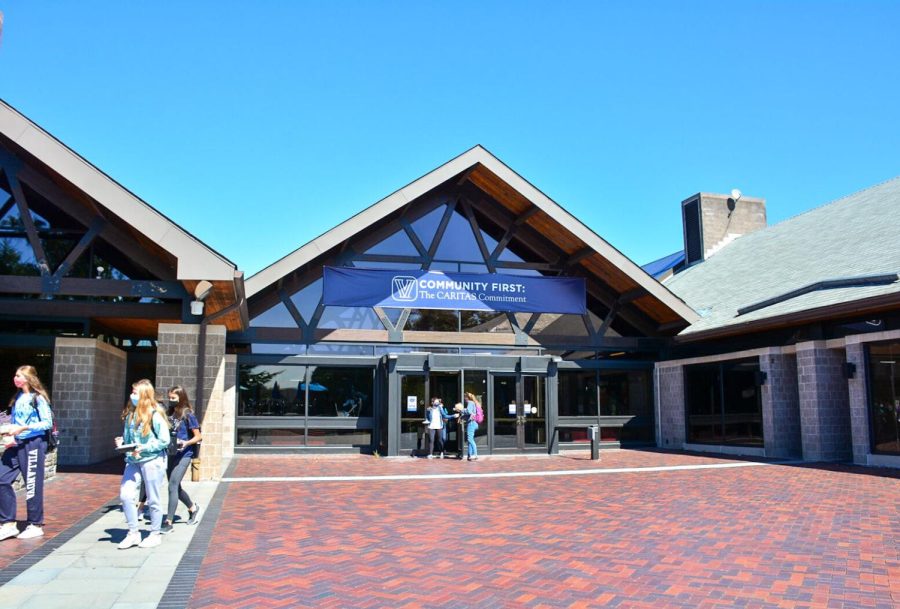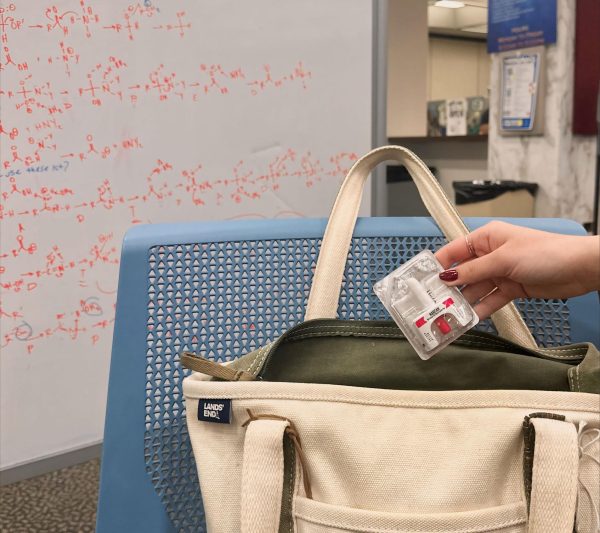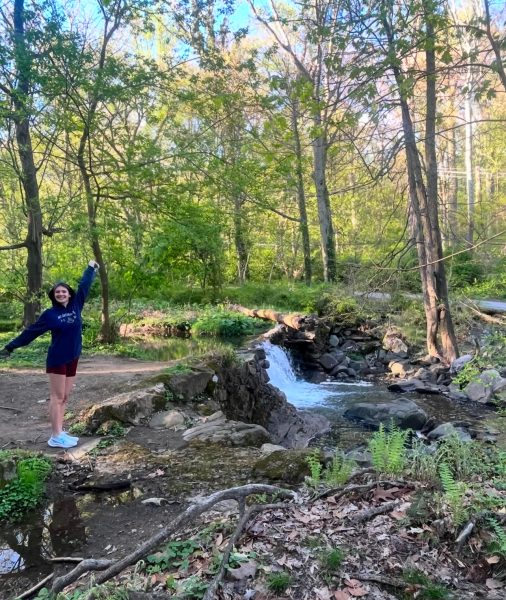Reducing Your Carbon Footprint on Campus
November 4, 2020
Everyone has been told to reduce their carbon footprint at some point in their life, but few know how to actually put that into action, especially on college campuses. It may seem as though your carbon footprint is out of your hands in college, but as humans, it is our responsibility to help save the planet even through small actions.
Unfortunately, dining halls on many college campuses have completely transformed with COVID-19. At the University, students are forced to eat from to-go styrofoam containers. Recently, many students have scrutinized the use of styrofoam, but there are still ways to prevent further waste.
When at the dining halls, choose to skip the plastic silverware. The Sustainability Club is working on producing more bamboo utensil sets in order to decrease the amount of plastic used. Even if you were not able to snag one of the bamboo sets, simply keeping silverware in your backpack or dorm room can diminish the usage of plastic when eating.
Additionally, if you are a frequent customer of Holy Grounds or Rosie’s who hates the thin red plastic stirrers and the paper straws that disintegrate in seconds, carry your own reusable straw. Whether metal, rubber, glass or bamboo, reusable straws help eliminate the excess plastic of normal straws and are a great alternative to paper straws.
Another way to reduce your carbon footprint while at school is by composting your food. According to the University’s website, most of the food waste created in the dining hall goes to a compost center, so throwing away your leftovers while in the dining hall is a good way to start.
We are all aware that car and gas usage can also have a detrimental effect on the environment, but there are ways to reduce emissions while not completely eliminating driving. When going on a trip, no matter how short or how long, using a navigation app that creates your route based on traffic (like Waze) is a simple way to decrease your time sitting in traffic and the emission from your car. If you want to go a step further and ditch cars altogether, take the train.
Here on campus, the SEPTA system is easily accessible. With both the Stadium Station near South Campus and the Villanova Station near West Campus, you can reach most of the greater Philadelphia area.
When shopping for groceries and other items like clothes, it is important to be mindful of how that can also affect the environment. It goes without saying, but carrying a reusable tote bag will help to eliminate the usage of paper and plastic bags.
Additionally, by shopping at organic food stores such as MOM’s Organic Market in Bryn Mawr, students can help reduce pollution and soil erosion, conserve water and even use less energy, as organic farming tends to use more environmentally friendly processes.
In regard to clothing, avoiding fast fashion can dramatically reduce your carbon footprint. Instead of shopping at the normal stores at Suburban Square, try thrift stores in Ardmore, such as Junior League Thrift Shop, Penny Wise Thrift Shop or Petunia’s Consignment Boutique.
As for life in the dorms, there are easy ways to decrease your energy consumption. With the rising popularity of LED lights, which you can easily see on campus by glancing up at any room in The Quad, it needs to be noted that keeping them on and plugged in while you are not in the dorm or are sleeping can use an enormous amount of energy. Moreover, simply making sure that all lights are off and electronic chargers are out of the wall can decrease your energy consumption as well.
Another important tip for dorm life is to take shorter hot showers. Decreasing the temperature and duration of showers uses less energy and decreases your water consumption, which should be treated as a scarce resource.
The final but easiest and most impactful way to decrease the world’s carbon footprint is by voting. With many more elections to come in future years, one of the main issues on the table will be the environment, specifically climate change. After analyzing the stances of candidates, decide who you believe will support and create positive change for our world.













